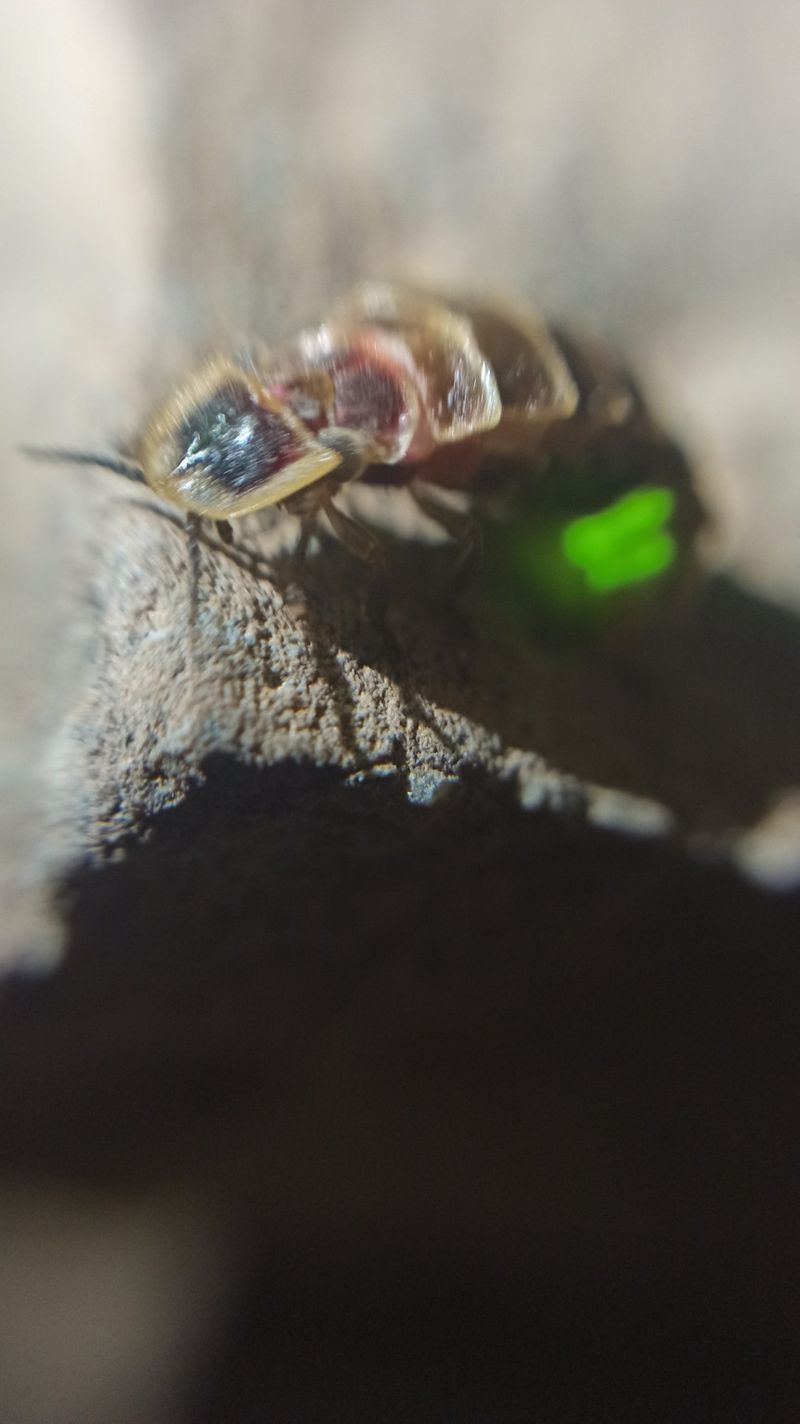Abu Dhabi: A team of researchers from the New York University Abu Dhabi’s (NYUAD) is studying the natural production of light, called bioluminescence, with the aim of helping others in the field direct their research about this fascinating phenomenon.
The new study, ‘The Elusive Relationship Between Structure and Colour Emission in Beetle Luciferases’, has been led by Dr Pance Naumov, professor of Chemistry at the university’s Smart Materials Lab. It provides the most comprehensive critical overview to date of the field of bioluminescence in beetles, including fireflies, and has already been published on the cover of the ‘Natural Reviews Chemistry journal’.
The researchers, including the Naumov group’s post-doctoral associates — Caesar Carrasco-Lopez, Stefan Schramm — and undergraduate student Nathan M. Lui, identify the intricate structural factors that govern what colour light is emitted by wild-type and mutant luciferases, the enzymes that generate light. They also demonstrate that it is possible to build a library of bioluminescent enzymes in the future, which will enable researchers to control the colour and intensity of light emission by engineering luciferases at will.

Image Credit: Supplied
“Learning from nature will provide us with tools to engineer luciferases that can emit colours within a large range of energies. This will eventually help us expand the range of application of these and similar enzymes for some exciting applications in biology and medicine, including early diagnosis and prevention of diseases,” Naumov said.
Bioluminescence has always been an inspiration to scientists, artists, and laypersons. Glowing fungi or ostracods have been used by tribes and soldiers as lanterns to guide their way through jungles without electricity, and fireflies were used by miners as safety lights.
Read more
- Registration for Space Explorer Winter Camp is now open for UAE students
- Sheikh Mohammed Bin Rashid shares photo of Mars taken by the UAE’s Hope Probe
- Application for space science research now open for Emirati undergraduates in UAE
- UAE successfully launches satellite Falcon Eye 2 to mark 49th National Day
The Nobel Prize in Chemistry in 2008 was awarded for the discovery of the green fluorescent protein, a bioluminescent protein found in the jellyfish Aequorea victoria. Today, bioluminescence is the basis for a great number of bioanalytical methods, such as cell imaging, cancer research, control of food contamination and a way to efficiently convert the energy stored in chemical bonds into light that can be easily detected. For example, bioluminescence of some bioluminescent bacterial strains is used to monitor water toxicity and contamination. The fluorescent proteins are genetically inserted into cells and animals to analyse important aspects of dynamics of some diseases.
The latest research from the NYUAD’s Naumov team is poised to solve some of the mysteries surrounding the chemistry of bioluminescence and to bring this research closer to applications.

